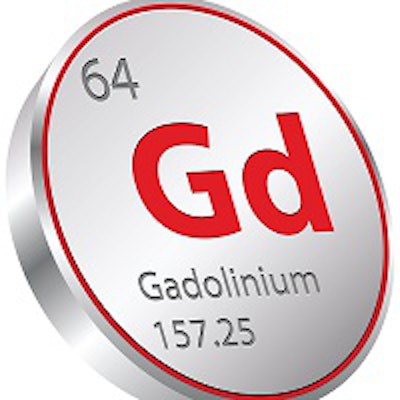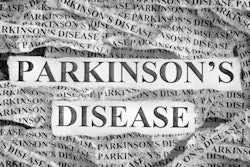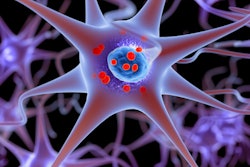
There is some good news regarding the potential health effects of gadolinium-based contrast agents (GBCAs). Canadian researchers found no association between GBCAs for MRI scans and parkinsonism in a study published in the July 5 issue of the Journal of the American Medical Association.
The retrospective study of nearly a quarter-million patients over 10 years revealed essentially no difference in the incidence of the disorder between patients who were given at least one dose of a GBCA and those who underwent GBCA-free MRI scans (JAMA, July 5, 2016, Vol. 316:1, pp. 96-98).
"That being said, there are other symptoms that people attributed to gadolinium, which we could not study," said lead author Dr. Blayne Welk, an assistant professor of surgery at Western University in London, Ontario. "More detailed clinical studies into those symptoms may be warranted, but I think overall this is very reassuring that we did not find a signal for parkinsonism in patents exposed to gadolinium."
GBCA retention
The debate over the clinical safety of gadolinium-based contrast agents has been rekindled, as several recent studies reported finding minute traces of gadolinium deposits in the brains of people who received the contrast agent many years previously. Following publication of the papers, the U.S. Food and Drug Administration (FDA) in August of 2015 opened its own investigation into the safety of GBCAs.
 Dr. Blayne Welk from Western University.
Dr. Blayne Welk from Western University."Among radiologists, there has been an ongoing dialogue about retained gadolinium in the brain," Welk told AuntMinnie.com. "There have been a few good studies over the past couple of years demonstrating that. Then the FDA released its notice about brain deposits about a year ago. At that point, there were no assessments of any clinical impact from the gadolinium deposits."
The concerns about gadolinium retention include the region of the brain known as the substantia nigra, which is associated with Parkinson's disease and directs voluntary signals to the globus pallidi. The globus pallidi are where neurotoxic effects have been detected when gadolinium is administered to humans. Damage to the globus pallidi could induce parkinsonian symptoms.
To determine a potential link between GBCAs and parkinsonism, Welk and colleagues utilized the vast resource of multiple administrative patient databases in Ontario.
"The nice thing about being in Ontario is the universal healthcare system, which insures everyone in the population," he said. "So we can get quite a good look at what is going on in terms of health outcomes."
Patient records
The researchers singled out all patients older than 66 years who had an initial MRI scan between April 2003 and March 2013. The study excluded patients whose initial MRI scans were of the brain or spinal cord, as well as those with prior parkinsonism or who had undergone neurosurgery.
They identified 246,557 patients (median age, 73 years) who underwent at least one MRI exam. That total included 99,739 patients (40%) who had received at least one dose of gadolinium, while 2,244 (3%) had received GBCAs at least four times.
Welk and colleagues then compared patients who underwent gadolinium-enhanced MRI scans with those whose MRI scans did not include gadolinium contrast. The results for the patient groups were almost identical.
For example, the incidence of parkinsonism among non-GBCA MRI patients was 1.16%, compared with 1.17% for those who were given gadolinium-based contrast. Most interestingly, the incidence of parkinsonism among patients with one to three gadolinium exposures (3.17%) was more than in patients who received four or more doses of GBCAs (2.56%).
"The patient population that is most at risk for gadolinium brain deposits is those who have had more than four doses of [gadolinium-based] contrast," Welk said. "That [finding] is very reassuring that we are not missing a small signal here, and it fits with the conclusion that there is probably not a relationship with gadolinium doses and parkinsonism."
What's next?
The next round of research could explore different patient populations, such as people younger than 65 years, to see how gadolinium might affect them, Welk said.
"It could be that it takes 20 or 30 years to have an effect," he speculated. "Maybe we are not seeing that in the patients we chose, so investigating a [younger] population in the future might be an interesting area."
He added that there may be other patients who are more predisposed to gadolinium toxicity. Identifying those individuals could be an area for future research.
In the meantime, radiologists and clinicians likely will continue to follow FDA recommendations to determine if a case warrants a GBCA-enhanced MRI scan or an alternative option, Welk said.
"In most situations, the clinical value of the MRI with gadolinium probably outweighs the hypothetical risk that is associated with gadolinium brain deposits," he said. "Hopefully, further research will shed more light on this in the future."




















